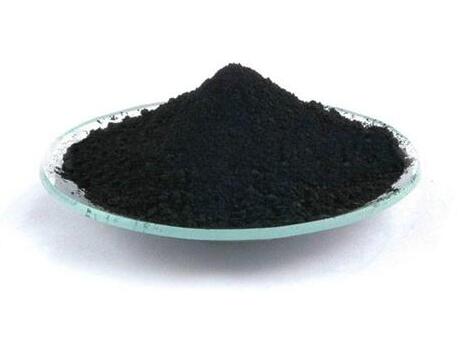


Its long history supports LiCoO 2 a big progress. LiCoO 2 is first chose to work as cathode materials when Li-ion batteries come out in 1990. The differences between various batteries are exhibited in Tab.1. Their application has also been extended over other fields, including hybrid electric vehicle, space application, military vehicle et al.
#Li ion battery cathode materials portable
They are now prevailingly used in portable electronic devices, 57.4% of sale on mobile phone, 31.5% on notebook computer and 7.4% on camera. High capacity, high electrochemical potential, superior energy density, durability, as well as the flexibility in design, all the above outstanding properties accelerate the substitution of conventional secondary batteries. Among the secondary batteries, lead batteries and NI-MH batteries have stepped back from market since a new and strong system comes into our sight, Li-ion batteries. Clean and efficient energy production from renewable sources is wanted in our energy and environment-conscious society. Recent increases in demand for oil, with the associated environment sustainable issues are continuing to exert pressure on an already stretched and strained world energy infrastructure. Rechargeable batteries have largely replaced primary cells as they save resource and reduce pollution.


 0 kommentar(er)
0 kommentar(er)
